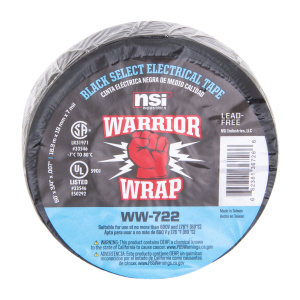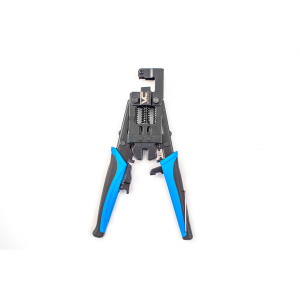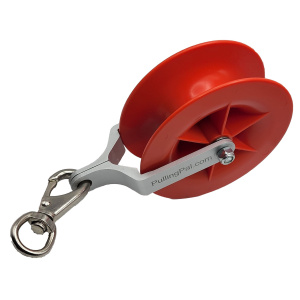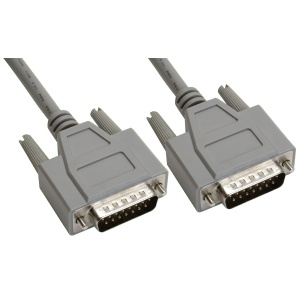In the age of rapid technology development, knowing your keystones from your Ethernet cables is more vital than ever. What are the differences between Cat6 and Cat6A Keystones? Let’s plunge into the details and make sense of this networking conundrum.
Introduction
To fully comprehend the nuts and bolts of our topic, we need to start at the beginning. That is, what exactly are Cat6 and Cat6A Keystones? They may seem like jargon, but we’ll break it down to the basics.
Understanding Cat6 Keystones
Cat6, short for Category 6, keystones are an integral part of networking. Acting as the bridge between Ethernet cables and networking devices, they play a pivotal role in ensuring seamless data transmission.
Unveiling Cat6A Keystones
On the other hand, Cat6A (Category 6 Augmented) keystones, as the name suggests, are an “augmented” version of Cat6 keystones. These fellas can handle double the bandwidth of their predecessor and also offer improved performance in terms of data transmission.
So, at a glance, the primary difference between the two seems to be their data handling capabilities. But there’s more to this story. Let’s delve deeper.
What Are the Differences Between Cat6 and Cat6A Keystones?
Right, so let’s cut to the chase: What are the differences between Cat6 and Cat6A Keystones? Buckle up as we navigate through this complex terrain.
Bandwidth: Where Speed Matters
When it comes to networking, speed is the name of the game. Cat6 keystones support frequencies up to 250 MHz, while Cat6A keystones double this, reaching frequencies up to 500 MHz. Thus, if you’re looking for higher bandwidth, Cat6A keystones hold the edge.
Distance: Going the Extra Mile
While both types offer reliable data transmission over 100 meters, Cat6 keystones may experience performance drops over this length, especially at higher frequencies. However, Cat6A keystones can comfortably handle higher frequencies over the same distance without batting an eyelid.
Crosstalk: The Sound of Silence
Crosstalk, a phenomenon where signals from one cable interfere with those in another, is another factor to consider. Cat6A keystones have been designed with additional and tighter twists to combat this, resulting in superior performance.
Installation Complexity: The Trade-Off
While Cat6A keystones offer superior performance, they come with a drawback. Their thicker, sturdier structure can make installation a bit of a challenge. Cat6 keystones, being thinner and more pliable, offer easier installation.
Making the Right Choice: Cat6 or Cat6A?
The decision between Cat6 and Cat6A keystones boils down to your specific needs. Are you all about speed and performance? Or do you prefer ease of installation and cost-effectiveness? To help guide your choice, let’s explore a few scenarios.
When to Choose Cat6 Keystones
Ideal for home or small business networks, Cat6 keystones are the more cost-effective option. They offer solid performance for most everyday tasks and are easier to install, making them a great choice for straightforward networking needs.
When to Choose Cat6A Keystones
If you’re setting up a larger network, like an enterprise network or data center, and need higher bandwidth and improved noise reduction, Cat6A keystones are your best bet. While they might be trickier to install and cost more, the enhanced performance could be well worth the investment.
FAQs
Let’s wrap up with a few frequently asked questions to make sure we’re on the same page.
1. What are Cat6 and Cat6A Keystones?
They are connector modules used in Ethernet networks to link networking cables to various devices, like routers or switches.
2. How do Cat6 and Cat6A Keystones differ?
Their main differences lie in bandwidth, transmission distance, crosstalk reduction, and installation complexity. Cat6A Keystones offer superior performance but can be harder to install.
3. Are Cat6A Keystones worth the extra cost?
It depends on your needs. For larger networks requiring high performance and bandwidth, they could be a valuable investment.
4. Can I use Cat6A keystones with Cat6 cables?
Yes, but the network will operate at Cat6 performance levels.
5. Is Cat6A future-proof?
With its high bandwidth capacity, Cat6A does offer a degree of future-proofing, especially as data demands continue to rise.
6. Are Cat6 keystones suitable for home use?
Absolutely. They offer more than enough performance for home networking needs and are also more affordable.
Conclusion
As our digital needs grow, so does the importance of understanding networking components like Cat6 and Cat6A keystones. While the differences between them may seem minor, they can have a significant impact on your network’s performance. Here’s hoping this article has shed light on this topic and will help you make an informed decision.












